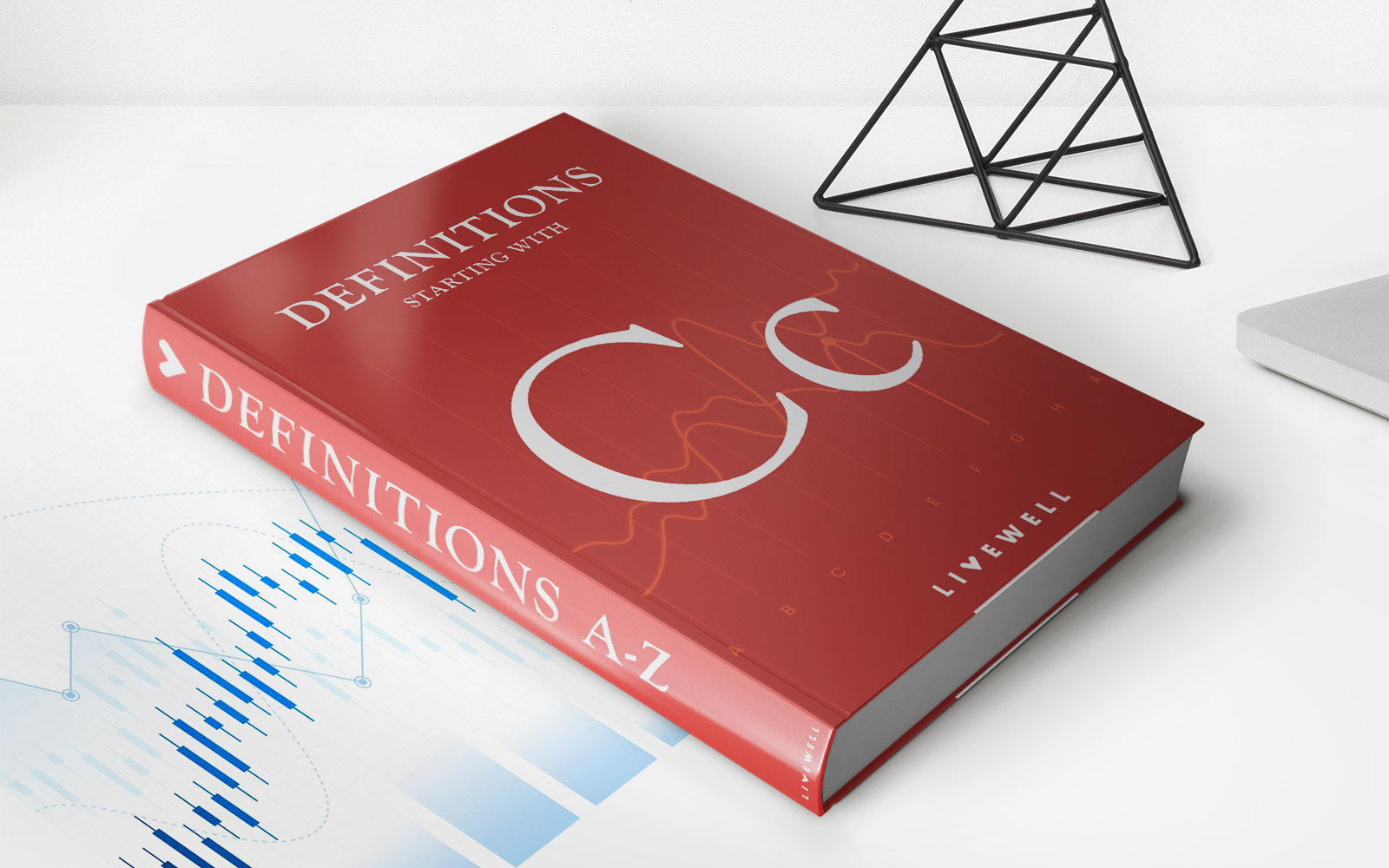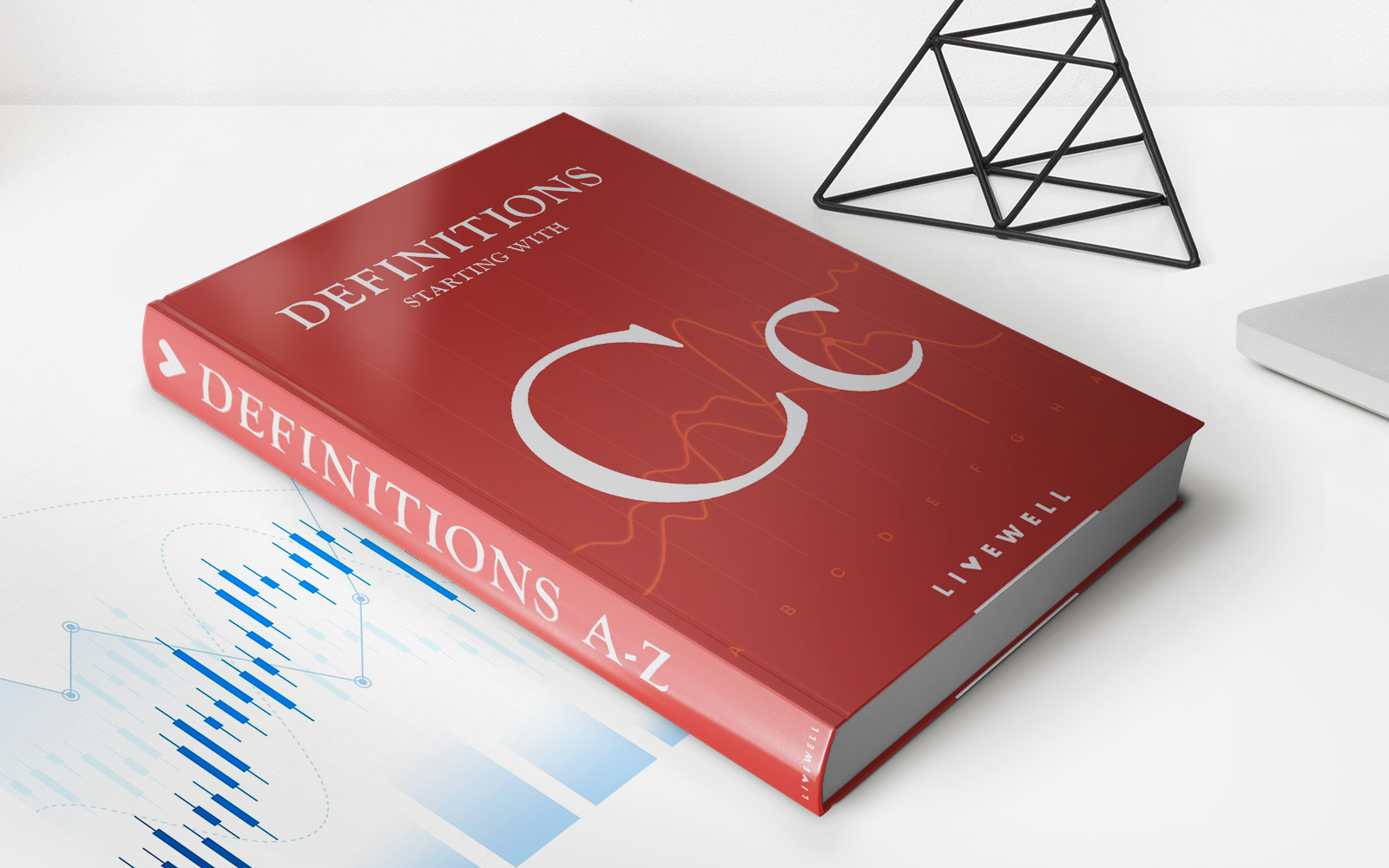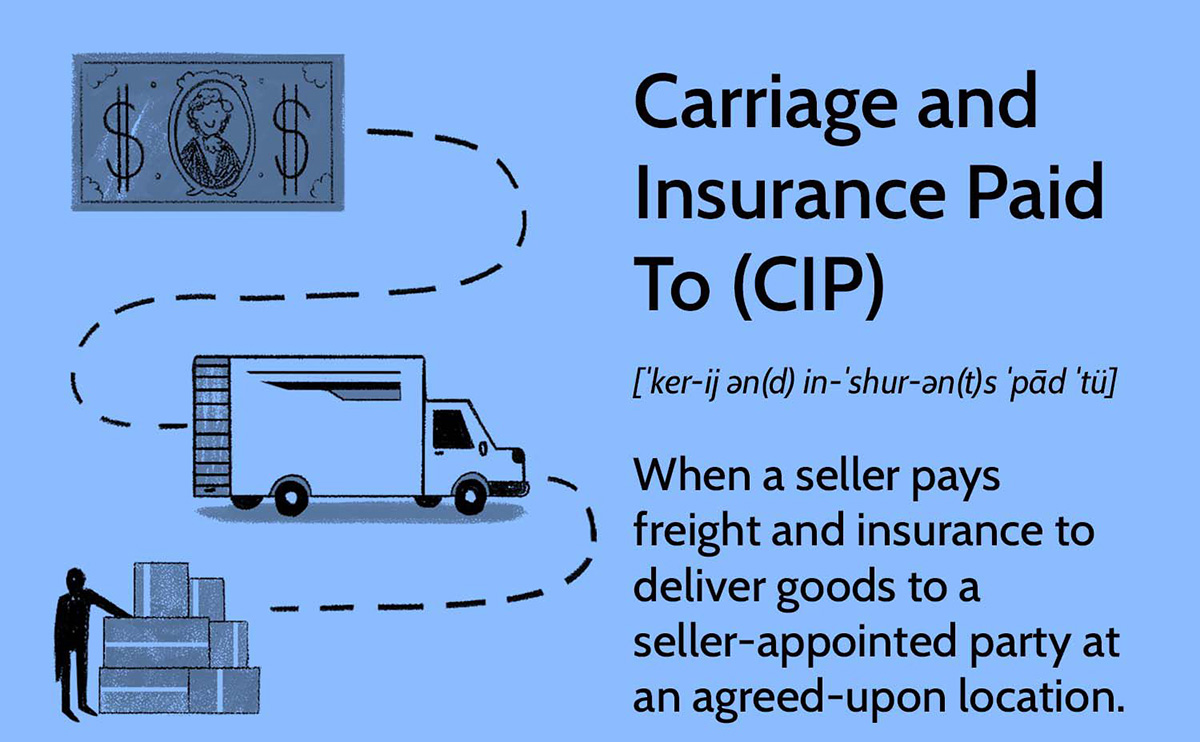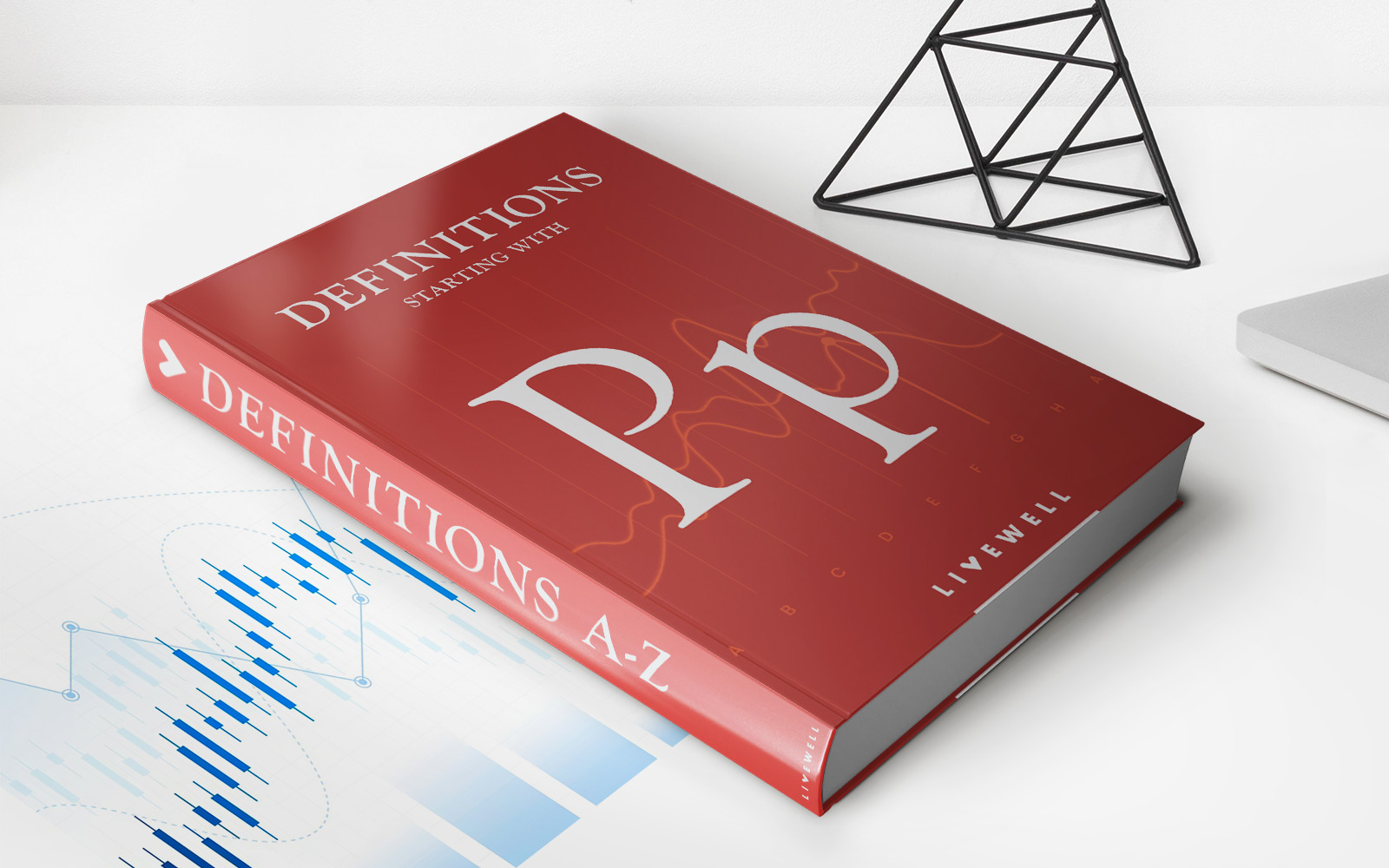Home>Finance>Carriage And Insurance Paid To (CIP): Definition And Example


Finance
Carriage And Insurance Paid To (CIP): Definition And Example
Published: October 23, 2023
Learn about the definition and example of Carriage and Insurance Paid to (CIP) in finance. Understand how this incoterm impacts international trade and shipping.
(Many of the links in this article redirect to a specific reviewed product. Your purchase of these products through affiliate links helps to generate commission for LiveWell, at no extra cost. Learn more)
Carriage and Insurance Paid to (CIP): Definition and Example
Are you familiar with the term “Carriage and Insurance Paid to” or CIP? If not, don’t worry! In this blog post, we will walk you through everything you need to know about CIP – what it means, how it works, and why it’s important in the world of finance. By the end of this article, you’ll have a clear understanding of CIP and its role in international trade.
What is Carriage and Insurance Paid to (CIP)?
Carriage and Insurance Paid to (CIP) is an international trade term that is commonly used in contracts involving the sale and transportation of goods. It is one of the 11 Incoterms, which are a set of rules governing the responsibilities and obligations of buyers and sellers in international trade transactions.
How Does CIP Work?
When a buyer and seller agree on CIP as the terms of sale, it means that the seller is responsible for arranging and paying for the transportation of the goods to a specified destination, as well as providing insurance coverage against the risk of loss or damage during transit.
Here’s an example to illustrate how CIP works:
- A buyer in Country A purchases goods from a seller in Country B, using Carriage and Insurance Paid to (CIP) as the Incoterm.
- The seller arranges for the shipment of the goods to the buyer’s specified destination in Country A.
- During transit, if the goods are damaged or lost, the insurance coverage provided by the seller will compensate the buyer.
- Once the goods reach the destination, the responsibility and costs associated with unloading and clearing customs are transferred from the seller to the buyer.
Key Takeaways:
- CIP stands for Carriage and Insurance Paid to, which is an international trade term used in contracts involving the sale and transportation of goods.
- In a CIP transaction, the seller is responsible for arranging and paying for the transportation of the goods to a specified destination and providing insurance coverage against loss or damage.
Now that you understand the basics of Carriage and Insurance Paid to (CIP), it’s important to note that each Incoterm carries its own set of advantages and considerations for both buyers and sellers. It’s crucial to carefully analyze your trade transactions and consult with experts to determine the most suitable Incoterm that aligns with your business objectives and risk management strategy.
We hope this blog post has provided you with valuable insights into CIP and its significance in international trade. If you have any further questions or would like to learn more about other trade terms, feel free to explore our Finance category for more informative articles!














